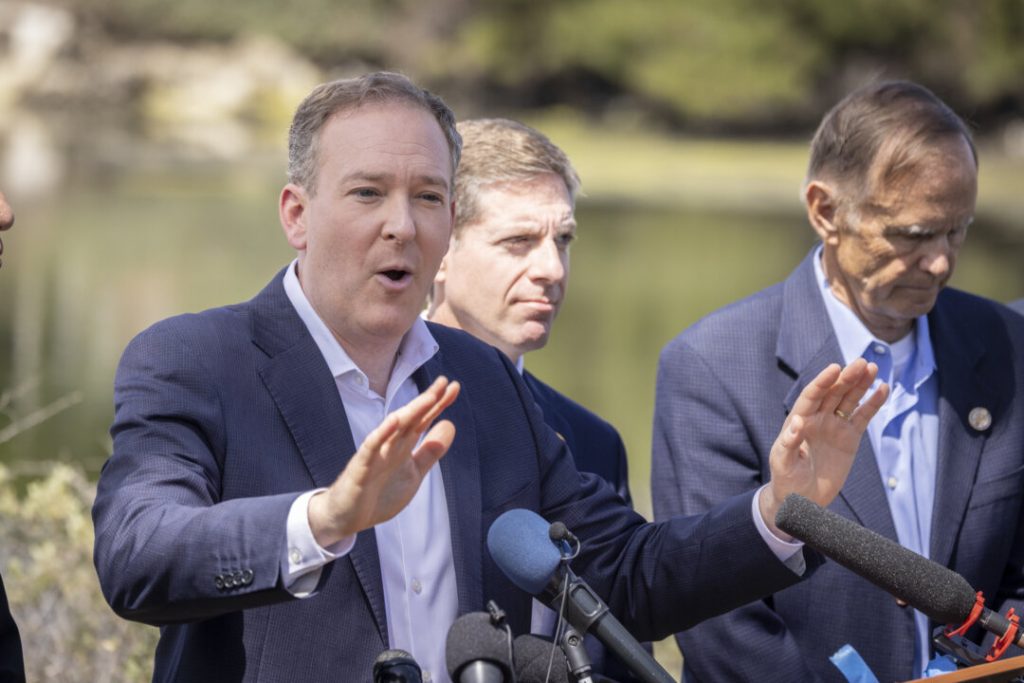The federal government is tackling the problem of PFAS, those persistent “forever chemicals,” with a fresh set of strategies led by the Environmental Protection Agency (EPA). These chemicals, notoriously hard to break down, have invaded water, air, and soil. They’ve popped up in humans and animals alike, and the EPA calls this a tough nut to crack because thousands of PFAS variants exist in many products.
EPA Administrator Lee Zeldin announced some key moves on April 29 to address these chemicals. The plan revolves around three main ideas: improving scientific research, meeting legal responsibilities, and building strong partnerships. This includes appointing a PFAS agency lead and rolling out a testing strategy to get a grip on these substances.
One of the notable steps is to plug information gaps and keep updating the EPA’s guidelines on PFAS destruction and disposal. There’s also a push to set limits on PFAS manufacturers and enforce the Clean Water Act when it comes to these chemicals. The EPA is keen on establishing a clear framework for holding polluters accountable.
The agency is also looking to team up with states to assess PFAS contamination risks and boost cleanup efforts where necessary. They’re especially focused on places where PFAS has tainted drinking water, and they’re reviewing air emission petitions related to these chemicals. Zeldin has expressed longstanding concern over PFAS and how they affect communities.
He emphasized the comprehensive approach they’re taking, involving all of the EPA’s program offices. The goal is to advance research, prevent PFAS from entering water systems, and ensure polluters face consequences. Zeldin sees this as just the beginning of a larger effort to guarantee Americans have access to clean air, land, and water.
The EPA’s current actions build on its work during the Trump administration, such as the 2019 PFAS Action Plan. That plan aimed to find both short-term fixes and long-term solutions, empowering local entities to handle PFAS issues directly. Efforts continued under the Biden administration, focusing on updating national PFAS testing strategies.
These latest efforts align with Zeldin’s “Powering the Great American Comeback Initiative.” This initiative includes goals like ensuring clean air, land, and water for every American and fostering cooperation across agencies. The commitment to these pillars shows a consistent drive to tackle environmental challenges head-on.
Fox News and Newsmax have highlighted the importance of addressing PFAS to protect public health. They point out the significance of coordinated efforts at federal and state levels. This collaboration is expected to bring about substantial improvements in managing PFAS contamination.
The New York Post also reported on the EPA’s actions, noting the agency’s dedication to holding polluters accountable. They stress the importance of scientific research in understanding PFAS and its impacts. The EPA’s approach is seen as a necessary step in addressing the widespread issue of these chemicals.
By working closely with states, the EPA aims to create a more robust response to PFAS challenges. This includes sharing information and resources to enhance state-level initiatives. Such partnerships are crucial in building a comprehensive strategy to combat PFAS pollution.
The EPA’s focus on cross-agency partnerships is crucial for tackling the complex nature of PFAS contamination. By fostering collaboration, the agency hopes to streamline efforts and resources. This approach is seen as a way to ensure more effective and efficient responses to environmental concerns.
In the end, the EPA’s actions represent a significant effort to address the pressing issue of PFAS contamination. With continued focus and collaboration, there’s optimism that these initiatives will lead to meaningful progress. The commitment to clean air, land, and water is a priority that resonates across the nation.



